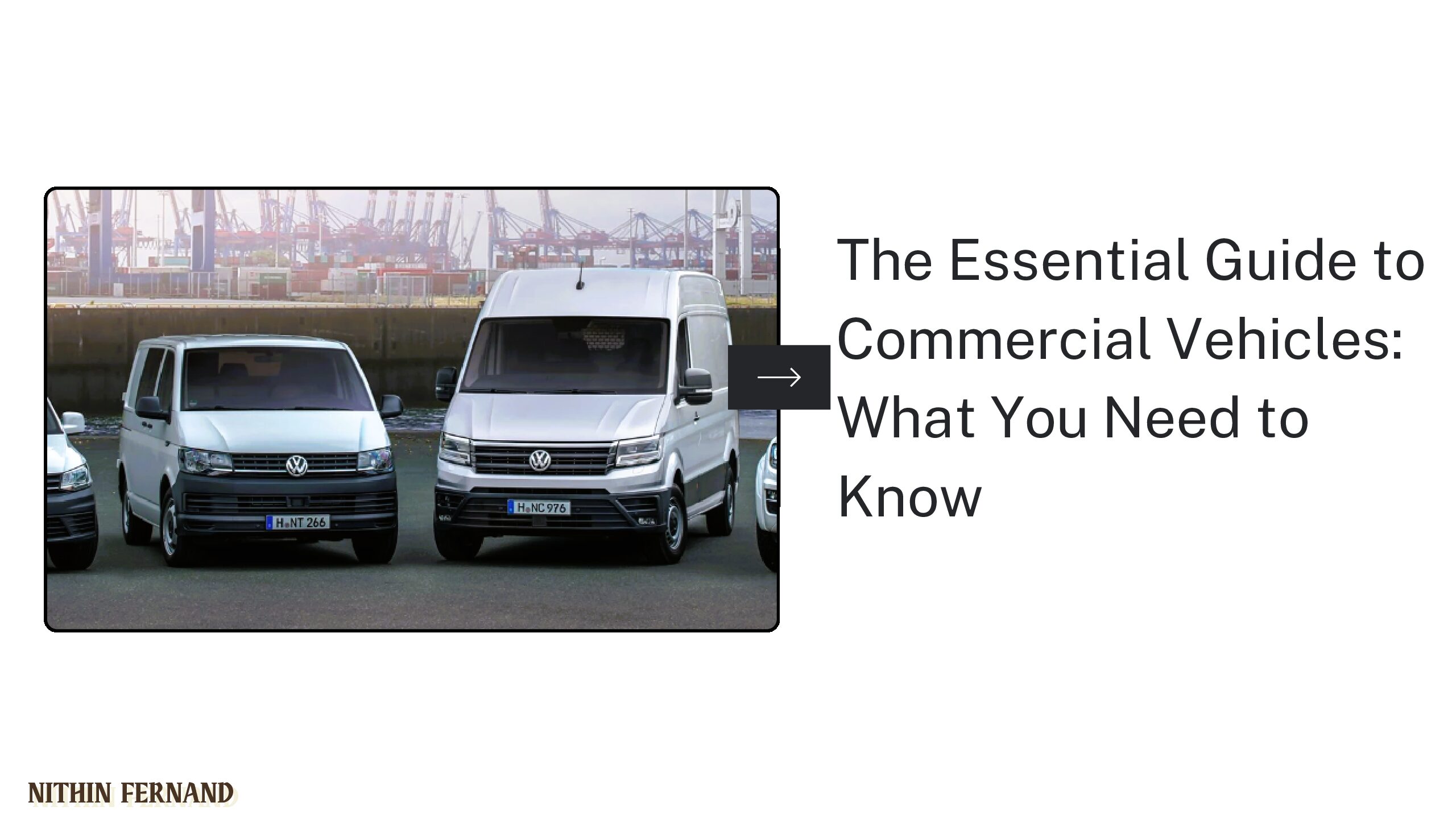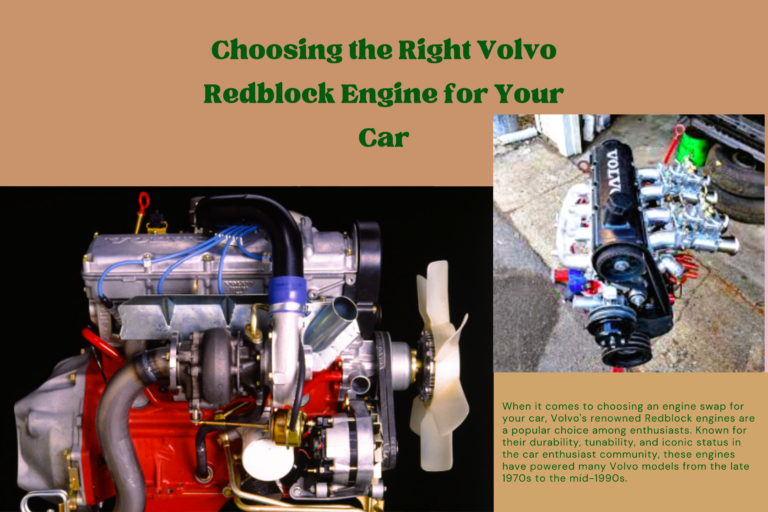The Essential Guide to Commercial Vehicles: What You Need to Know 2024
Commercial vehicles are motor vehicles specifically designed for transporting goods or passengers for business purposes. Unlike personal vehicles, these include a wide range of options such as vans, trucks, buses, and specialty vehicles tailored for various industry needs.
Commercial vehicles play a crucial role across multiple sectors, including logistics, construction, retail, and public transportation. They facilitate efficient movement of products, help businesses meet customer demands, and are essential for many services, enhancing productivity and service delivery in today’s economy.
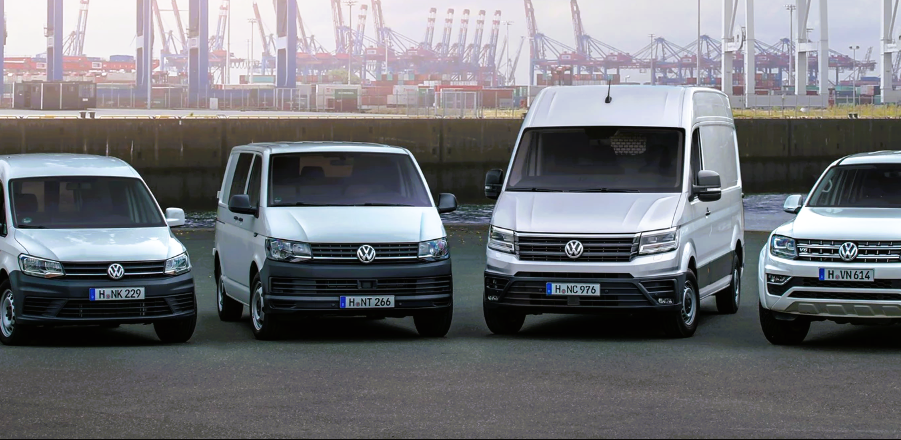
This guide aims to provide a comprehensive overview of commercial vehicles, covering their types, features, regulations, cost considerations, and emerging trends. By understanding the essential aspects of commercial vehicles, businesses can make informed decisions that align with their operational needs and objectives.
Table of Contents
Types of Commercial Vehicles
Commercial vehicles can be categorized based on size, weight, and purpose. Understanding these classifications is essential for businesses to choose the right vehicle for their needs.
Light Commercial Vehicles (LCVs)
- Examples: Vans, pickups, minibuses
- Uses:
- Delivery Services: LCVs are commonly used for local deliveries, allowing businesses to transport goods efficiently in urban settings.
- Tradespeople: Electricians, plumbers, and other tradespeople rely on LCVs to carry tools and equipment to job sites, offering flexibility and mobility.
Medium Commercial Vehicles (MCVs)
- Examples: Box trucks, small buses, and cargo vans
- Uses:
- Local Transport: MCVs are employed for transporting goods within cities, often featuring larger cargo areas than LCVs.
- Logistics: These vehicles help in warehousing operations, moving products between supply points and distribution centers.
Heavy Commercial Vehicles (HCVs)
- Examples: Large trucks, tractor-trailers, and semi-trucks
- Uses:
- Freight Transport: HCVs are designed for long-haul routes, moving large volumes of freight across vast distances efficiently.
- Long-Haul Driving: Essential for industries that require consistent, reliable transport of goods over long periods, such as manufacturing and e-commerce.
Special Purpose Vehicles
- Examples: refrigerator trucks, cement mixers, tow trucks, ambulances
- Uses:
- Specific Industry Needs: These vehicles are tailored for unique applications, such as transporting perishable goods, construction materials, or providing emergency services.
- Adaptability: Special-purpose vehicles are crucial in industries that demand specific functionalities, ensuring efficiency and safety.
Key Features of Commercial Vehicles
Understanding the key features of commercial vehicles is essential for businesses to make informed decisions. Here’s a breakdown of the most important attributes to consider:
Engine and Performance
- Types of Engines: Diesel vs. Electric
- Diesel Engines: Traditionally, diesel engines are favored for their fuel efficiency, torque, and longevity. They provide the power needed for heavy loads and long distances, making them popular in freight transport.
- Electric Engines: The rise of electric vehicles (EVs) is changing the landscape. Electric engines offer lower operational costs and reduced emissions, appealing to businesses focused on sustainability. However, their suitability may depend on range and charging infrastructure.
- Importance of Torque and Horsepower
- Torque: This is crucial for a vehicle’s ability to haul heavy loads and accelerate efficiently. In commercial vehicles, higher torque translates to better performance, especially when starting from a stop or climbing inclines.
- Horsepower: While torque is essential for load-bearing, horsepower measures how quickly work can be done. A balance between the two is vital for optimal performance in various driving conditions.
Cargo Capacity
- Payload Considerations
- Understanding the maximum payload capacity is critical. Businesses should assess the weight of the typical cargo they will be transporting to ensure compliance with regulations and avoid overloading, which can lead to safety issues and penalties.
- Importance of Cargo Space
- The available cargo space influences the vehicle’s versatility. Depending on the business’s needs, whether it’s transporting large bulky items or a high volume of smaller products, selecting the right vehicle with appropriate cargo dimensions is essential for operational efficiency.
Safety Features
- Advanced Driver-Assistance Systems (ADAS)
- Many modern commercial vehicles are equipped with ADAS technologies, such as adaptive cruise control, lane-keeping assistance, and automatic emergency braking. These features enhance safety by reducing human error, which is particularly important in industries with high on-road exposure.
- Regulations and Standards
- Compliance with safety regulations is non-negotiable. Commercial vehicles must meet stringent safety standards mandated by local and federal authorities. Regular inspections and adherence to maintenance protocols ensure that vehicles remain in safe operating condition, protecting both the driver and the public.
Regulations and Licensing
Navigating the regulatory landscape is essential for anyone operating commercial vehicles. Understanding the necessary licensing and compliance requirements helps ensure safety and efficiency in operations.
Overview of Necessary Licenses for Drivers
- Commercial Driver’s License (CDL):
- In many regions, drivers of heavy commercial vehicles must obtain a Commercial Driver’s License (CDL). This certification requires passing written and practical tests that assess driving knowledge and skills needed to handle larger vehicles safely.
- There are different classes of CDL (e.g., Class A, B, C) based on the type of vehicle being driven and the weight it can tow or carry.
- Endorsements:
- Additional endorsements may be required for specific vehicle types or operations, such as transporting hazardous materials (HazMat), driving tank vehicles, or operating buses. Drivers should verify regional requirements to ensure compliance.
Compliance with Safety and Environmental Regulations
- Safety Regulations:
- Commercial vehicles must adhere to stringent safety standards, which may include regulations around vehicle design, maintenance, and driver training. This ensures the safety of both the driver and other road users.
- Regular audits and compliance checks are performed by regulatory bodies to enforce these standards.
- Environmental Regulations:
- Many jurisdictions are implementing stricter emissions standards for commercial vehicles. Operators may need to invest in vehicles that meet these environmental requirements, such as those featuring cleaner engines or alternative fuel technologies.
- Compliance with regulations helps in reducing the environmental impact of commercial operations while potentially lowering operating costs through fuel efficiency improvements.
Importance of Vehicle Inspections and Maintenance
- Regular Inspections:
- Routine inspections are mandated to ensure that commercial vehicles are safe and roadworthy. These can include brake checks, tire inspections, and assessments of lights and signals, which are crucial for preventing accidents.
- Many regions require periodic inspections by certified professionals, often documented to meet regulatory standards.
- Scheduled Maintenance:
- Implementing a proactive vehicle maintenance schedule is essential for extending the life of the vehicle and ensuring its reliability. Regular oil changes, brake checks, and engine diagnostics help prevent breakdowns and costly repairs.
- Proper maintenance also ensures compliance with regulations, as failure to maintain vehicles can lead to penalties and increased liability.
Cost Considerations
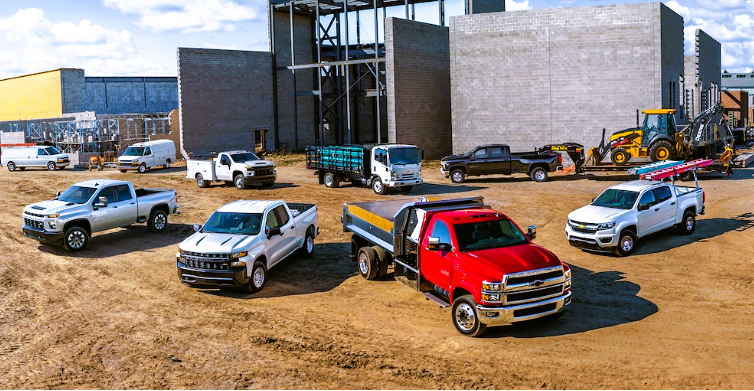
When selecting a commercial vehicle, understanding the associated costs is crucial for making a sound financial decision. This section breaks down the cost factors involved in both purchasing and operating commercial vehicles.
Initial Purchase Costs
- Factors Influencing Price:
- Brand: Different manufacturers have varying pricing structures, often influenced by brand reputation, performance, and durability. Established brands may command a premium due to perceived reliability.
- Size: Larger vehicles typically cost more due to increased manufacturing complexity and requirements. For instance, heavy trucks will generally have higher upfront costs compared to light commercial vehicles.
- Features: Additional features, such as advanced technology, safety equipment, and cargo enhancements, can significantly affect the overall price. Buyers should consider which features are essential for their operational needs to avoid overspending.
Operating Costs
- Fuel Efficiency:
- Fuel costs represent a significant portion of operating expenses. Vehicles with higher fuel efficiency can lead to substantial savings, especially for businesses that rely heavily on transport. Factors such as engine type, vehicle weight, and aerodynamics can influence fuel consumption.
- Maintenance:
- Regular maintenance is crucial for longevity and performance but can also become a significant expense. Budgeting for routine services, part replacements, and unexpected repairs is essential for maintaining operational efficiency.
- Insurance:
- Insurance premiums for commercial vehicles can vary widely based on factors like vehicle type, use, driver history, and coverage levels. Businesses should shop around for the best rates while ensuring that they have adequate coverage to protect against liability and asset loss.
Financing Options
- Loans:
- Acquiring a commercial vehicle through a loan involves borrowing funds to purchase a vehicle outright. Businesses typically repay the loan over time with interest. This option allows for ownership of the vehicle but may require a substantial down payment and can incur interest costs.
- Leasing:
- Leasing is an alternative where businesses pay for the use of a vehicle over a set period, usually with lower monthly payments compared to loans. At the end of the lease, businesses can return the vehicle, purchase it, or lease a new one.
- Leasing can provide greater flexibility and lower upfront costs, making it appealing for businesses that want to keep their fleets updated without significant capital expenditure.
Emerging Trends in Commercial Vehicles
As technology and market demands evolve, the commercial vehicle sector is experiencing significant transformations. This section explores some of the most prominent emerging trends impacting the industry.
Electric Commercial Vehicles
- Benefits and Challenges:
- Benefits: Electric commercial vehicles (EVs) offer lower operational costs thanks to reduced fuel expenses and less maintenance due to fewer moving parts. They also help companies meet environmental regulations and reduce carbon footprints, appealing to businesses focused on sustainability.
- Challenges: Challenges include higher upfront costs compared to traditional vehicles, limited range, and the need for an extensive charging infrastructure. Additionally, concerns regarding battery life and performance in cold weather are still being addressed.
- Notable Models and Manufacturers:
- Major manufacturers like Tesla, Ford, and Mercedes-Benz are leading the charge with their electric models. Tesla’s all-electric semi truck and Ford’s E-Transit van are notable examples, while Daimler is also investing heavily in electric technologies for urban transport.
Autonomous Vehicles
- Current Developments:
- While fully autonomous commercial vehicles are still in the testing phase, significant advancements are being made. Companies like Waymo and Aurora are developing technology for self-driving trucks and vans, aiming to enhance delivery efficiency and reduce labor costs.
- Pilot programs are underway across various industries, particularly in logistics and freight, testing the viability of autonomous solutions in real-world conditions.
- Future Implications for the Industry:
- The widespread adoption of autonomous vehicles could revolutionize logistics and transportation, potentially leading to reduced labor needs and increased safety. However, regulatory frameworks and public acceptance will play critical roles in this transition. Furthermore, businesses may need to adapt their operational strategies to integrate these technologies effectively.
Telematics and Fleet Management
- Importance of Data in Optimizing Operations:
- Telematics involves the integration of GPS, vehicle monitoring systems, and data analytics to provide real-time insights into fleet operations. This technology allows companies to track vehicle locations, monitor driver behavior, and assess vehicle performance.
- By leveraging this data, businesses can optimize routes, improve fuel efficiency, reduce maintenance costs, and enhance overall fleet productivity. Effective fleet management enhances decision-making, minimizes downtime, and can ultimately boost profitability.
NITHIN FERNAND
Selecting the Right Commercial Vehicle
Choosing the right commercial vehicle is crucial for optimizing operations and ensuring long-term success. This section outlines the key considerations for businesses in the selection process.
Assessing Business Needs and Requirements
- Operational Needs:
- Start by evaluating the specific requirements of your business. Consider factors such as the types of goods being transported, the typical load sizes, and the routes commonly taken. This will help determine the appropriate vehicle size, capacity, and configuration (e.g., van, truck, or specialized vehicle).
- Industry Regulations:
- Different industries may have varying requirements regarding vehicle specifications or equipment. For instance, businesses in food transport may need vehicles equipped with refrigeration, while those in construction may require rugged, heavy-duty trucks.
Analyzing Total Cost of Ownership
- Initial Costs vs. Long-term Expenses:
- The total cost of ownership (TCO) encompasses not only the initial purchase price but also ongoing operating expenses. Calculate costs related to fuel, maintenance, insurance, and potential financing charges to obtain a comprehensive view.
- Depreciation and Resale Value:
- Consider how quickly the vehicle may depreciate and its potential resale value. Vehicles from reputable brands with proven durability often hold their value better, making them a smarter long-term investment.
- Incentives for Green Vehicles:
- If considering electric or hybrid vehicles, check for government incentives or rebates that can offset initial purchase costs. These can significantly improve TCO and align with sustainability goals.
Importance of Test Driving and Comparisons
- Test Driving:
- Always test drive potential vehicles to assess their handling, comfort, and performance under real-world conditions. Pay attention to visibility, maneuverability, and any specific requirements related to loading and unloading.
- Comparisons:
- Compare different models and manufacturers based on features, performance, warranty options, and service availability. Gather feedback from other businesses or industry peers to understand which vehicles have performed well in similar operational contexts.
- Financing and Support Options:
- When comparing vehicles, also consider the support provided by manufacturers or dealerships. Factors like warranty coverage, availability of parts, and access to service centers can influence your decision.
Conclusion
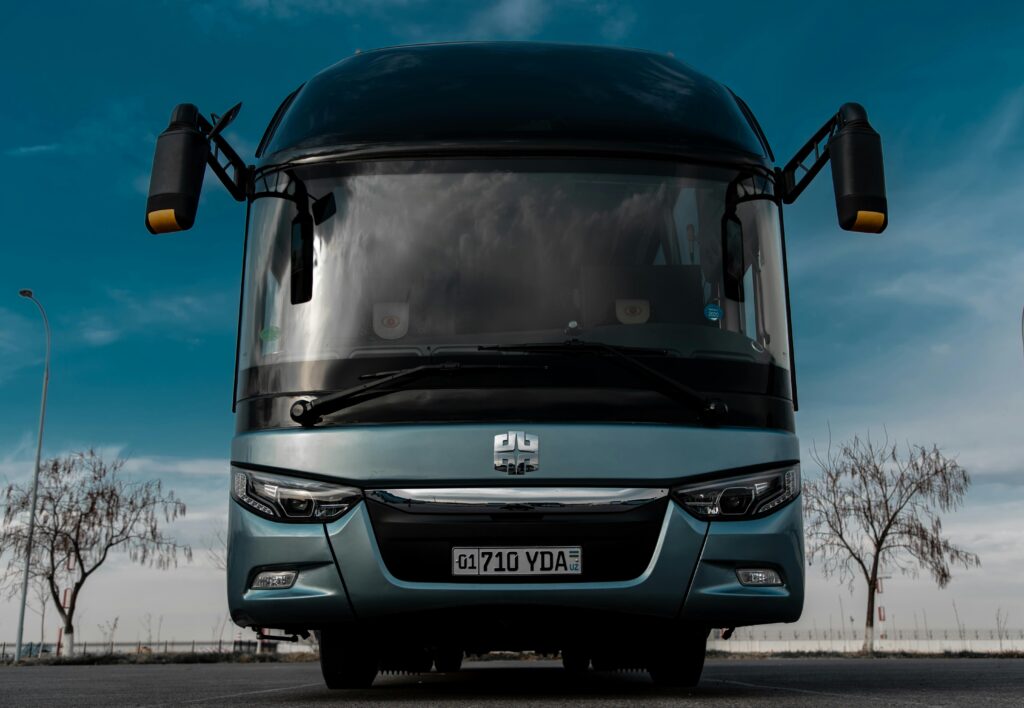
Understanding commercial vehicles is essential for businesses aiming to enhance their operational efficiency and competitive edge. From performance specifications to cost considerations, a comprehensive grasp of the various aspects of commercial vehicles empowers businesses to make informed decisions tailored to their unique needs.
As the industry evolves with emerging trends like electric vehicles, autonomy, and advanced fleet management technologies, it’s crucial for operators to stay informed. Keeping up with these changes not only helps in optimizing operations but also positions businesses to adapt and thrive in a dynamic market landscape.
In closing, making informed purchasing decisions involves thorough research, careful assessment of needs, and continuous evaluation of available options. By approaching the selection process with diligence and foresight, businesses can ensure they choose the right vehicles, ultimately driving success and growth in their respective sectors.
Additional Resources
To deepen your understanding of commercial vehicles and stay abreast of industry developments, consider exploring the following resources:
Suggested Reading and References
- Books:
- The Complete Guide to Commercial Vehicle Multiple-Choice Questions by Scott Evans A practical manual for understanding the nuances of commercial vehicle operation and regulations.
- Fleet Management: A Complete Guide to Managing the Fleet by David Y. Stovall This book covers best practices for managing a fleet effectively, focusing on cost management and operational efficiency.
- Online Articles and Journals:
- Commercial Carrier Journal: A publication that offers insights and updates on legislation, trends, and technologies in the transportation industry.
- Transport Topics: A weekly publication providing news and analysis on trucking, logistics, and transportation regulations.
- Podcasts and Webinars:
- Fleet Forward: The Podcast covers technology, trends, and management strategies for fleet operators.
- Webinars offered by industry experts on topics such as electric vehicle integration and fleet optimization techniques.
Organizations and Associations Related to Commercial Vehicles
- American Trucking Associations (ATA):
- A national organization that advocates for the trucking industry, providing resources, research, and networking opportunities.
- National Association of Small Trucking Companies (NASTC):
- Focuses on supporting small trucking companies through advocacy, education, and resources specific to small operators.
- Society of Automotive Engineers (SAE International):
- A global organization that provides technical standards and resources relevant to all forms of motor vehicle engineering, including commercial vehicles.
- Fleet Association or Local Trucking Associations:
- Many regions have local trucking associations that offer training, networking, and advocacy tailored to regional needs.
FAQ
1. What type of commercial vehicle do I need for my business?
The type you need depends on your specific business operations. Consider factors such as the nature of the goods you transport, load size, and the typical distance traveled. Common options include vans for lighter loads, trucks for larger cargo, and specialized vehicles for unique needs.
2. How do I obtain a commercial driver’s license (CDL)?
To obtain a CDL, you must meet your state’s specific requirements, which typically include passing a written knowledge test and a practical driving test. It’s often recommended to enroll in a training program for assistance in preparation.
3. What are the key operating costs associated with commercial vehicles?
Key operating costs include fuel, maintenance and repairs, insurance, and financing. Businesses should account for these when budgeting for their vehicle operations to ensure sustainability.
4. Are there financing options available for purchasing commercial vehicles?
Yes, financing options include loans, which allow for vehicle ownership, and leasing, which typically involves lower monthly payments and flexibility at the end of the term. Evaluate both options to find the best fit for your financial situation.

